Learn how to do sit-ups to develop your abs and build core strength
Practicing how to do sit-ups improves your form and gets the most from your training
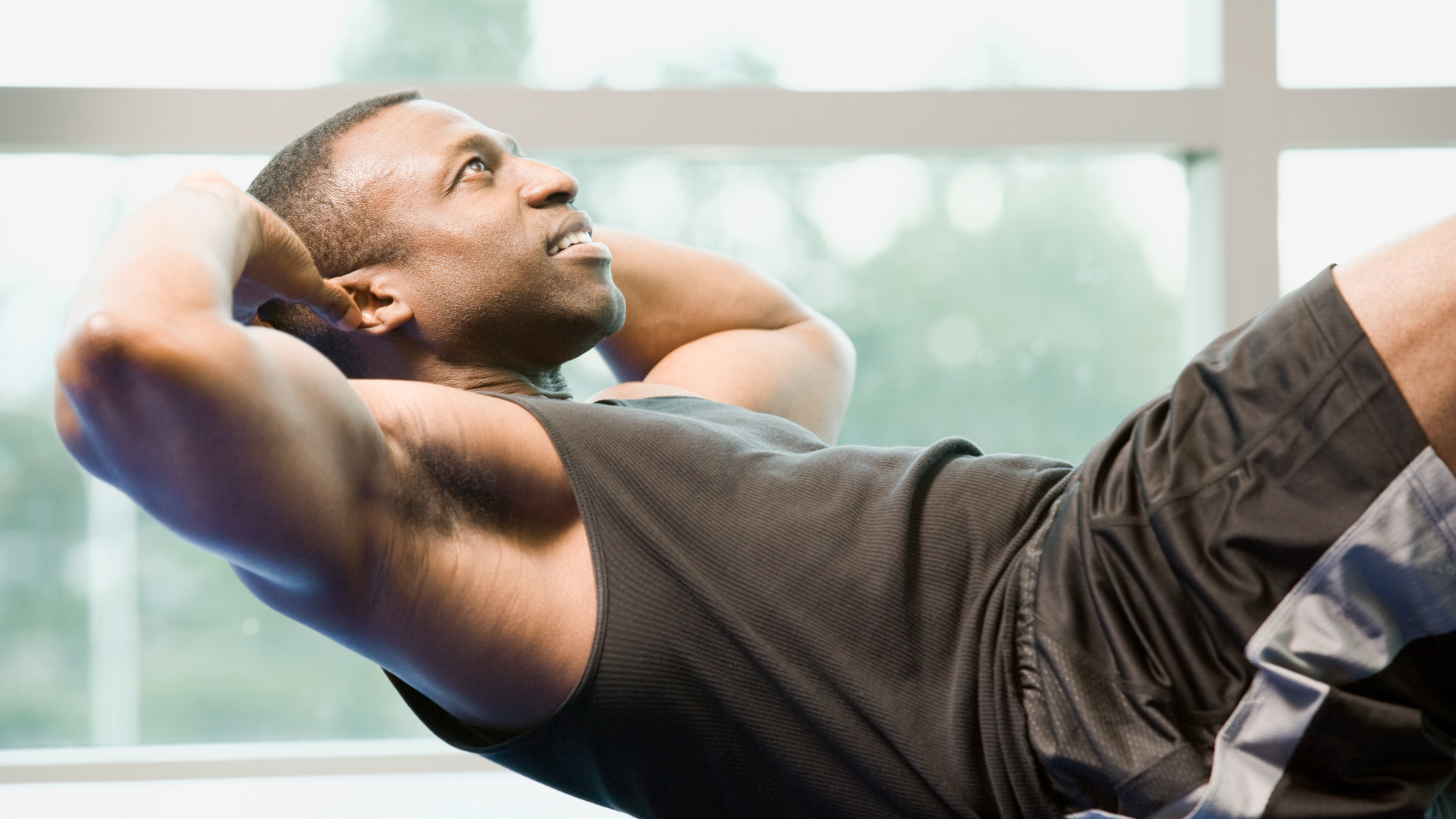

Matt Evans
Want to learn how to do a sit-up? Why wouldn't you want to master this handy no-equipment exercise that strengthens your core and helps your midsection provide essential support and balance for your spine?
Although it's a popular core-building exercise, it's easy to get the form wrong and, as a result, hinder your progress. First off, it's worth noting that it's a floor-based exercise.
You will want to place something underneath your back that will offer a suitable degree of padding and support; we like to use one of the best yoga mats for floor work.
Then, you'll need to master the technique from a professional. We've spoken to Jacqui Ward, a certified personal trainer with 15 years of experience, about how to do sit-ups, plus some modifications for beginners.
If you're not a fan of sit-ups, she has also suggested a few alternative exercises for you to try instead. When you're ready to take on one of the best abs workouts, keep reading for step-by-step guidance on how to do a sit-up.
What are the benefits of sit-ups?
The sit-up is a workout staple for a reason — you don't need any equipment, it's a quick exercise you can do anywhere, and it's an effective way to develop your abdominal muscles and core strength.
According to research on the biomechanics of sit-ups published in the Medicine & Science in Sports & Exercise journal, sit-ups engage "muscles of the lower limbs as well as those of the trunk, especially the abdominal muscle group."
Start your week with achievable workout ideas, health tips and wellbeing advice in your inbox.
This is important if you exercise regularly or play any kind of sport, as your body's trunk will be twisting and turning. According to Ward, this makes sit-ups an important exercise to practice regularly.
"[These muscles] are important for our posture, day-to-day activities, and can help with [exercise]. Sit-ups are multi-muscle exercises, meaning, along with targeting the core, they also work the chest, hip flexors, lower back and neck," she adds.
But have we been doing it correctly? Improper technique can make the exercise less effective or even lead to injury, so it's essential to get the form just right. That's why it's important to learn (or relearn) how to do a sit-up properly.

Jacqui Ward is a Level 3 certified personal trainer with over 15 years of experience in the fitness industry. She is an exercise class instructor specializing in Les Mills Body Attack, Les Mills Grit & Spin. She also runs Workout with Ward, her own personal training business promoting physical and mental wellbeing.
How to do sit-ups
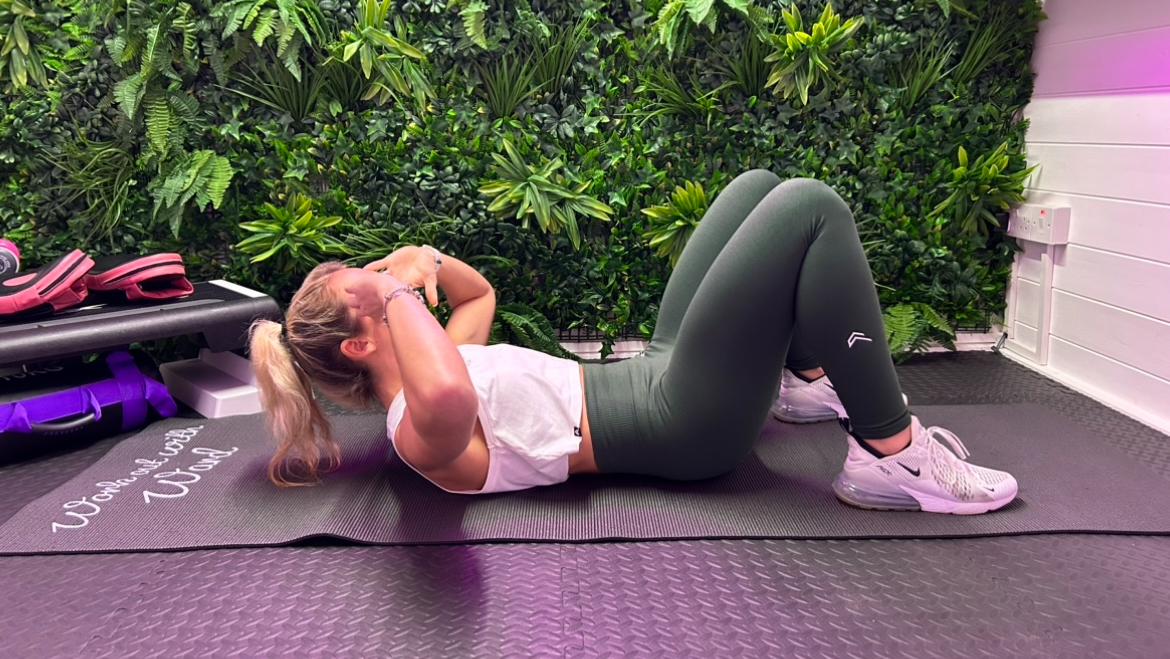
You may have seen people do the standard sit-up; it looks straightforward, but correct posture is essential to getting the most from your training. If you're new to sit-ups or are practicing your technique, taking each repetition slowly to begin with is important.
- Lie down on your back.
- Bend your legs and place your feet firmly on the ground to stabilize the lower body.
- Place your hands on your temple and keep them there throughout the whole exercise.
- Lift your upper body (torso) so your chest raises to meet your knees.
- Slowly lower back down again. That's one repetition.
How to do sit-ups for beginners
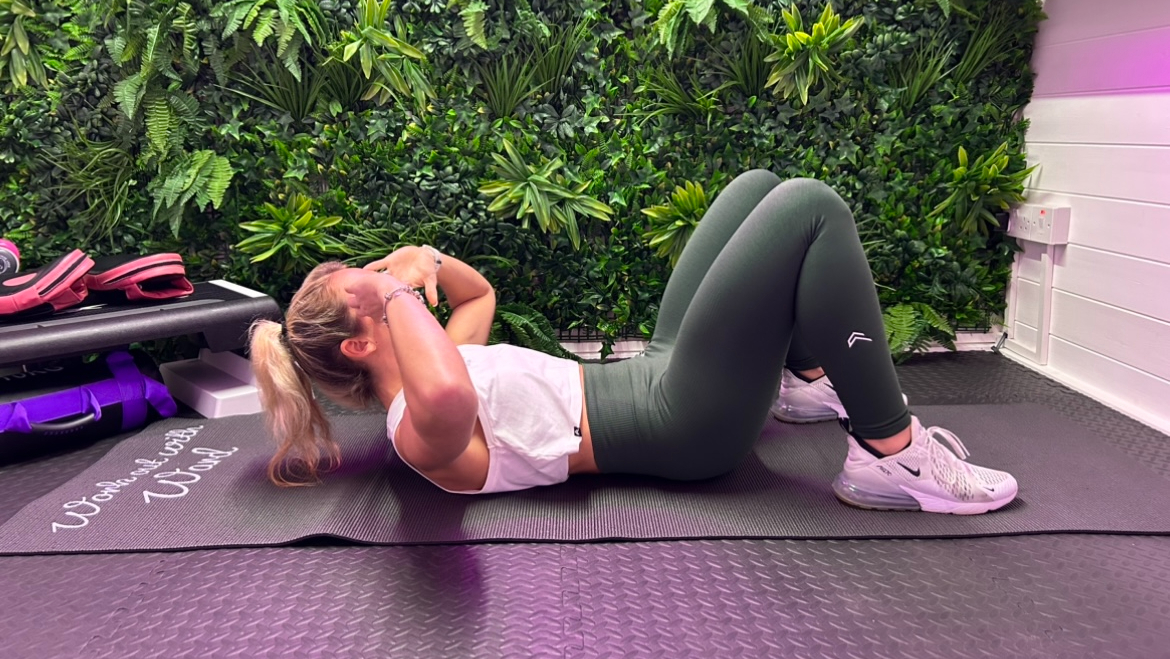
If you're new to this type of training or want a less-intense version of the sit-up to get you started, then this modified version is perfect. It uses fewer muscles overall, including in your core and hip flexors.
Before trying out Ward's modification, remember to keep your feet firmly planted throughout the exercise and keep those legs pressed together. All movement should come from your core.
- Bend your legs and place your feet firmly on the ground to stabilize the lower body.
- Place your hands on your temple or the front part of your thighs.
- Lift just your head and shoulder blades, with your eyes on the ceiling, chin off of your chest
- Engage your core by pulling it into your spine and pushing your lower back directly into the floor.
- Exhale on the way up, inhale on the way down. That's one repetition.
How to modify your sit-ups
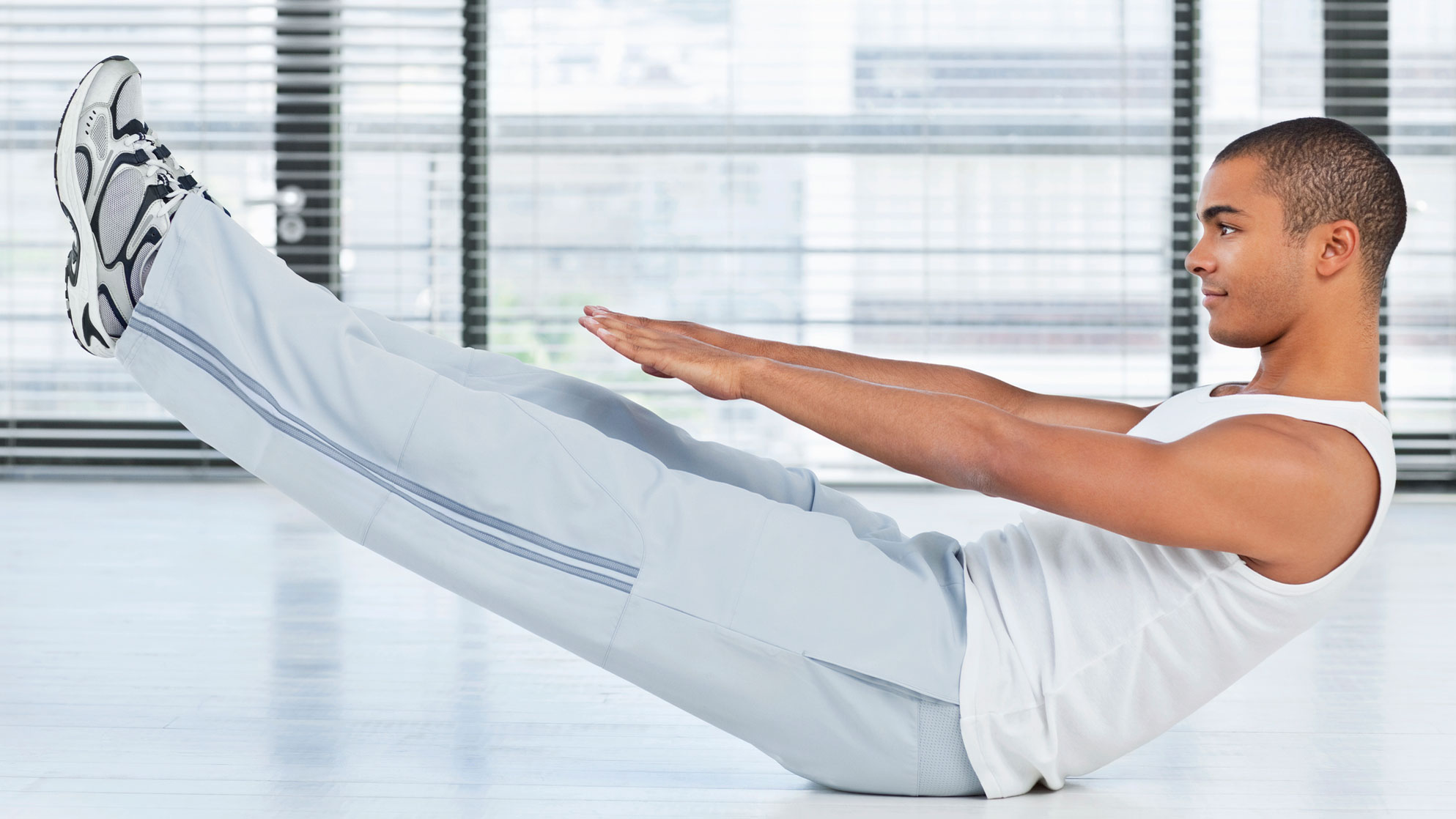
Sit ups can be a tricky thing. The traditional sit up can place a lot of pressure on the lower back if you perform the move on a hard surface, as the floor places pressure on the spine as it curves.
If you do find you're suffering from lower back pain. don't continue to perform sit ups in spite of this, as this could increase your chances of injury. Instead, make sure your exercise programme incorporates moves that tone your core without putting pressure on the spine, such as planks.
If you do suffer from lower back pain and want to give sit ups a try, consider performing crunches on a stability or Swiss ball. According to the American Council of Exercise, a Swiss ball supports the curvature of your spine, allowing for a full range of motion while avoiding undue pressure on your lower back.
Whether you're doing sit ups on a stability ball or on the floor, always focus on form over speed. Lowering your body slowly adds an extra dimension of core strength to the workout.
How to do sit-up variations
If you're not a fan of the standard and modified sit-ups or want to add some variety to your routine with more core-focused exercises, give these four sit-up variations a try.
How to do sit-ups with a twist
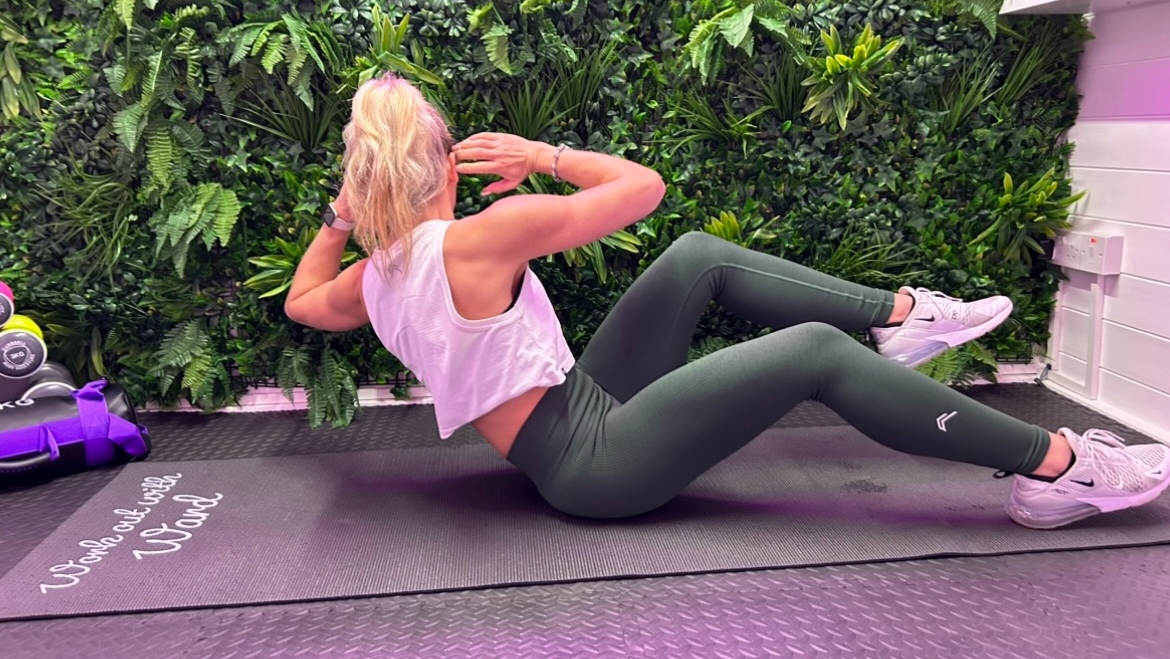
If you want to work alternative areas of your core and abs, then add a twist into the sit-up. As you reach the top of the movement, twist to one side to feel the muscles engage and stabilize your body.
- Lie down on your back.
- Bend your legs and place your feet firmly on the ground to stabilize the lower body.
- Place your hands on your temple and keep them there throughout the whole exercise.
- Lift your upper body and tense the stomach firmly.
- Rotate to one side in the upward movement, bringing the elbow to the opposite knee.
- Return to the floor and repeat but on the other side.
How to do dumbbell sit-ups
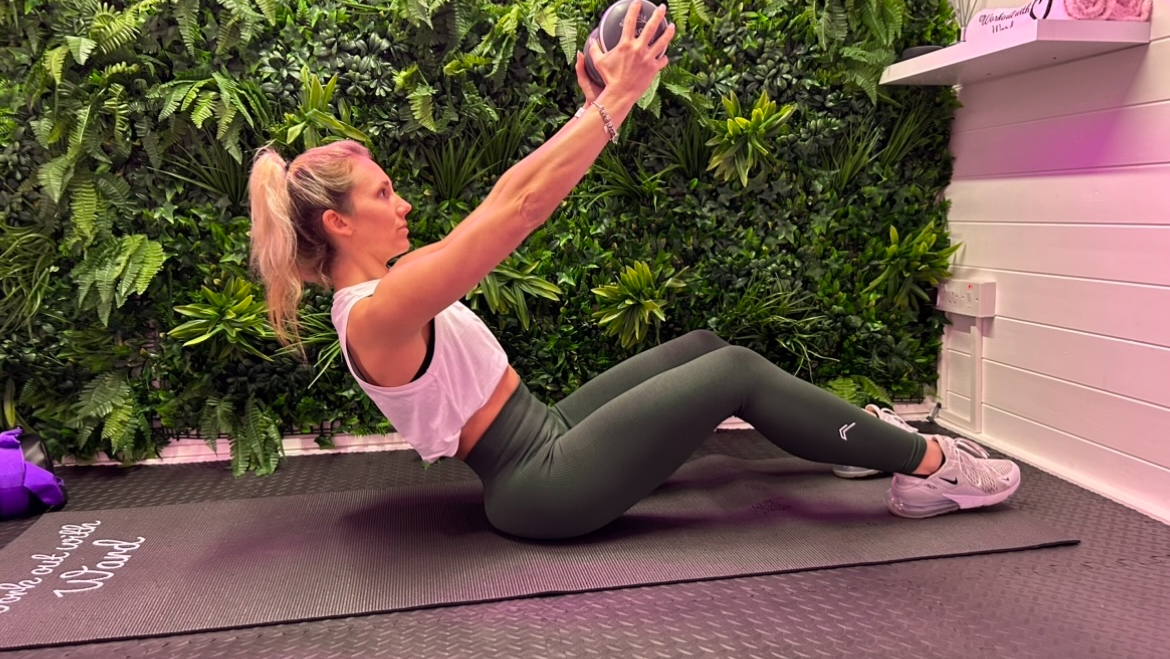
Adding a dumbbell into your sit-up increases the resistance, challenging your muscles and making it harder to raise off the ground. Use this sit-up variation if your aim is to strengthen your abs and core.
- Lie down on your back.
- Bend your legs and place your feet firmly on the ground to stabilize the lower body.
- Hold the dumbbell close to your body.
- Lift your upper body and straighten the arms pushing the dumbbell towards the ceiling.
- Lower back down to the floor and repeat.
How to do a frog leg sit-up
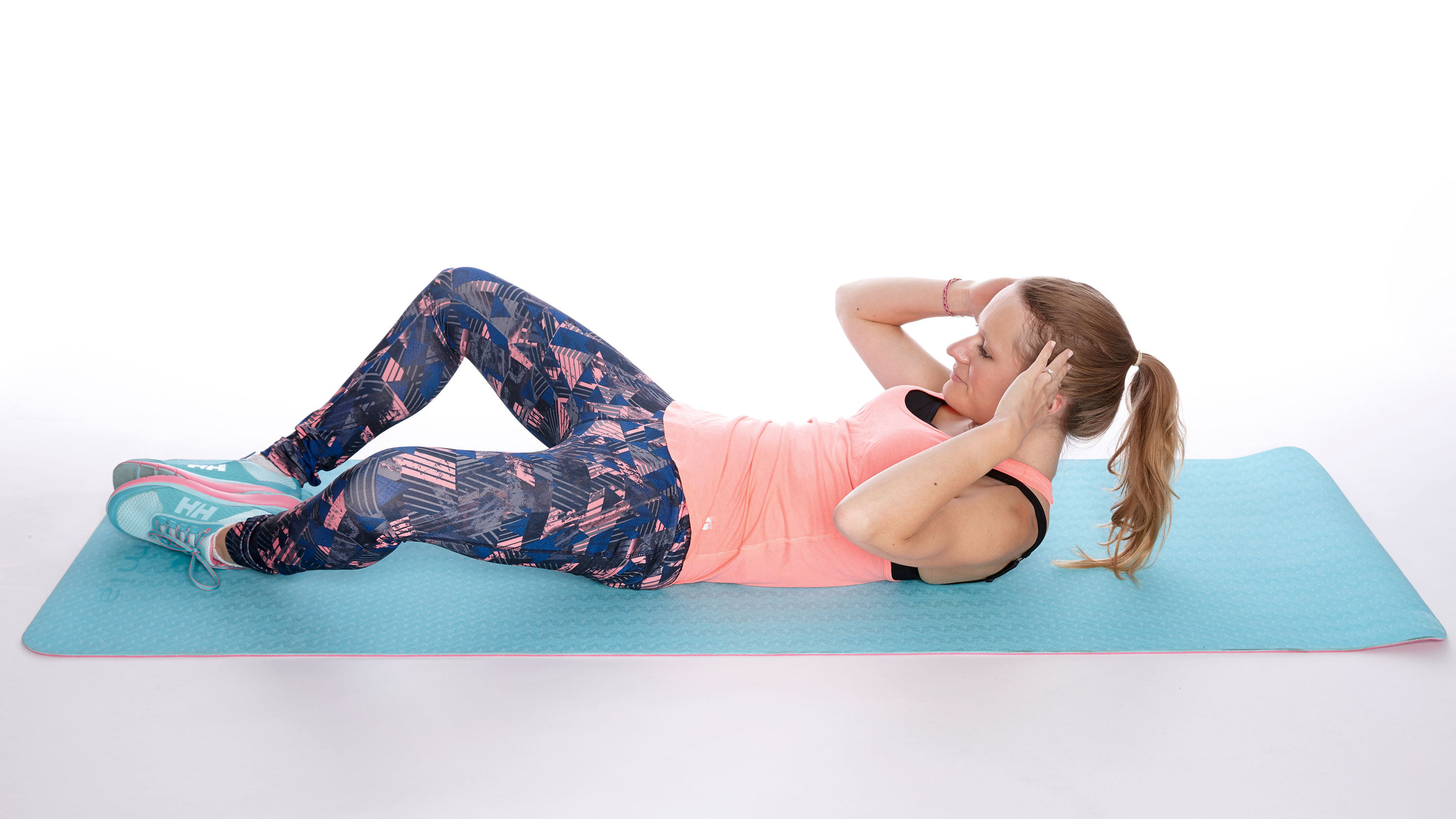
A frog leg sit-up involves sitting upright as per a classic sit-up, but with your knees bent and splayed out towards the floor. Here's how to get started.
- Lie flat on the floor with your arms overhead.
- Feet should be together and close to your groin area, with knees spread wide.
- Using your abdominal muscles, bring your arms forward and pull yourself up to a seated position.
- Return to lying and repeat.
How to do a V-up sit-up
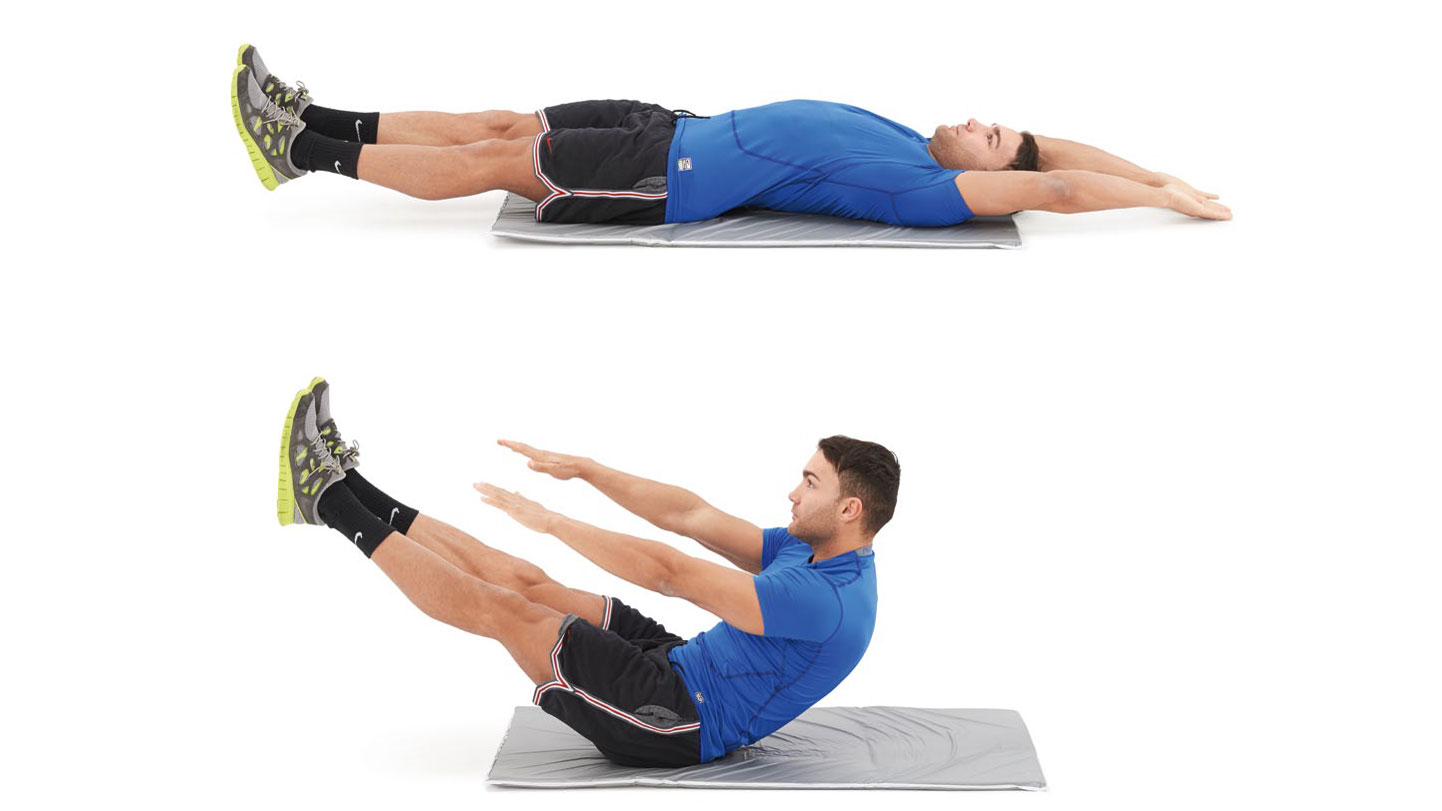
The V-up sit-up adds arm movement for a more challenging workout. If you’re bored of regular sit-ups, this is an excellent alternative. The V-up got its name because in the upright position, your body should make a ‘V’ shape.
- Lie flat on your back with arms stretched out behind your head, palms facing upwards.
- Simultaneously raise your arms, legs, and torso, as if you are trying to touch your toes. The movement should come from your trunk.
- Go back to the starting position and begin the next repetition straight away.
Sit-ups aren't the only bodyweight exercise you can use to develop mid-body muscle. Learning how to do a crunch can also be a great way to train your abs and core with your bodyweight alone.
Alternatively, add some of these core strengthening exercises into your existing routine to strengthen your mid-section, improve your balance and stability, and promote circulation.
Jessica is an experienced fitness writer with a passion for running. Her career in journalism began in local news and she holds a Masters in journalism. Jessica has previously written for Runners World, penning news and features on fitness, sportswear and nutrition.
When she isn't writing up news and features for Fit&Well covering topics ranging from muscle building, to yoga, to female health and so on, she will be outdoors somewhere, testing out the latest fitness equipment and accessories to help others find top products for their own fitness journeys. Her testing pairs up nicely with her love for running. She recently branched out to running 10Ks and is trying to improve her time before moving on to larger races. Jessica also enjoys building on her strength in the gym and is a believer in health and wellness beginning in the kitchen. She shares all of this on her running Instagram account @jessrunshere which she uses for accountability and for connecting with like-minded fitness lovers.
